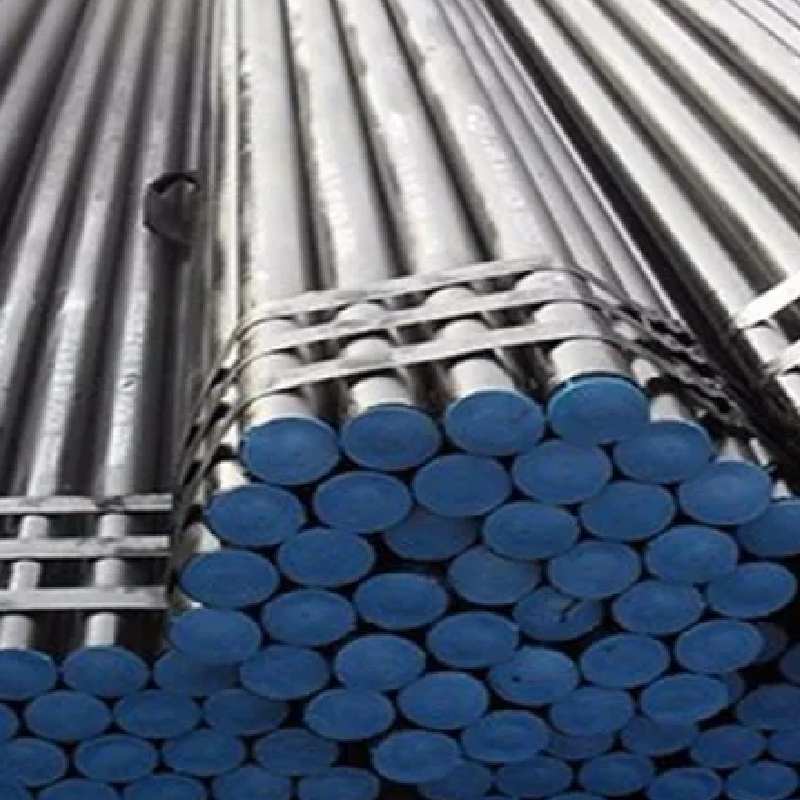-
Cangzhou Yulong Steel Co., Ltd.
-
Phone:
+86 13303177267 -
Email:
admin@ylsteelfittings.com
- English
- Arabic
- Italian
- Spanish
- Portuguese
- German
- kazakh
- Persian
- Greek
- French
- Russian
- Polish
- Thai
- Indonesian
- Vietnamese
- Zulu
- Korean
- Uzbek
- Hindi
- Serbian
- Malay
- Ukrainian
- Gujarati
- Haitian Creole
- hausa
- hawaiian
- Hebrew
- Miao
- Hungarian
- Icelandic
- igbo
- irish
- Japanese
- Javanese
- Kannada
- Khmer
- Rwandese
- Afrikaans
- Albanian
- Amharic
- Armenian
- Azerbaijani
- Basque
- Belarusian
- Bengali
- Bosnian
- Bulgarian
- Catalan
- Cebuano
- China
- China (Taiwan)
- Corsican
- Croatian
- Czech
- Danish
- Esperanto
- Estonian
- Finnish
- Frisian
- Galician
- Georgian
- Kurdish
- Kyrgyz
- Lao
- Latin
- Latvian
- Lithuanian
- Luxembourgish
- Macedonian
- Malgashi
- Malayalam
- Maltese
- Maori
- Marathi
- Mongolian
- Myanmar
- Nepali
- Norwegian
- Norwegian
- Occitan
- Pashto
- Dutch
- Punjabi
- Romanian
- Samoan
- Scottish Gaelic
- Sesotho
- Shona
- Sindhi
- Sinhala
- Slovak
- Slovenian
- Somali
- Sundanese
- Swahili
- Swedish
- Tagalog
- Tajik
- Tamil
- Tatar
- Telugu
- Turkish
- Turkmen
- Urdu
- Uighur
- Welsh
- Bantu
- Yiddish
- Yoruba

Nov . 06, 2024 11:52 Back to list
90 degree elbow
Understanding the 90-Degree Elbow in Pipe Fittings
When it comes to plumbing, HVAC systems, and various engineering applications, the 90-degree elbow is an essential component that plays a crucial role in directing the flow of fluids. This simple yet effective fitting allows for a change in direction without compromising the efficiency of the system. In this article, we will delve into the significance of the 90-degree elbow, its applications, manufacturing materials, and best practices for installation.
What is a 90-Degree Elbow?
A 90-degree elbow is a type of pipe fitting that changes the direction of piping or ducting by 90 degrees. It is typically utilized in piping systems where a sharp turn is necessary without causing excessive friction or flow disruption. Elbows are available in different sizes and can adapt to a variety of pipe diameters. The two common types are the long radius (LR) elbow and the short radius (SR) elbow. The LR elbow has a longer curvature, resulting in a smoother flow, while the SR elbow features a tighter turn which is suitable for situations with space constraints.
Applications
The 90-degree elbow finds its application in numerous fields, including residential plumbing, industrial piping systems, and commercial HVAC installations. In plumbing, these fittings connect various sections of pipes seamlessly, facilitating a continuous flow of water or gas. In industrial settings, they are integral to managing the flow of materials in processing plants, chemical plants, and water treatment facilities. In HVAC systems, they are crucial for directing air through ducts efficiently, ensuring optimal temperature control throughout buildings.
Materials
90 degree elbow

The choice of material for a 90-degree elbow is critical, as it affects durability, corrosion resistance, and overall performance. Common materials include
1. PVC (Polyvinyl Chloride) Lightweight and resistant to corrosion, PVC elbows are widely used in residential plumbing for water supply and drainage systems. 2. CPVC (Chlorinated Polyvinyl Chloride) Similar to PVC but with better heat resistance, making it suitable for hot water applications. 3. Copper Known for its durability and resistance to corrosion, copper elbows are commonly used in plumbing and refrigerant lines. 4. Steel Carbon steel elbows are essential in heavy-duty industrial applications due to their strength, while stainless steel elbows offer excellent corrosion resistance for chemical and food product processing.
Installation Best Practices
To ensure optimal performance and longevity of the 90-degree elbow fittings, proper installation is crucial. Here are some best practices to follow
1. Clean the Pipes Always ensure that the ends of the pipes are clean and free from debris or contaminants before installation. This helps achieve a better seal and prevents leaks. 2. Use Appropriate Tools Utilize the right tools for cutting and connecting pipes. A proper cutting tool provides clean edges which are essential for a good fit. 3. Sealants and Adhesives Depending on the material of the pipes and fittings, select appropriate sealants or adhesives to prevent leaks. 4. Support and Alignment Ensure that the pipes are adequately supported to prevent sagging or misalignment after installing the elbows. Proper alignment is key to maintaining steady flow and avoiding undue stress on the fittings.
Conclusion
In summary, the 90-degree elbow is a vital component in various piping systems, allowing for efficient direction changes in fluid flow. By understanding its applications, materials, and installation best practices, you can enhance the functionality and longevity of your piping system. As technology advances, innovations such as more flexible materials and improved designs continue to drive the evolution of pipe fittings, ensuring their relevance in modern engineering. Whether in residential, commercial, or industrial settings, the 90-degree elbow remains an indispensable element of effective fluid management.
Latest news
-
ANSI 150P SS304 SO FLANGE
NewsFeb.14,2025
-
ASTM A333GR6 STEEL PIPE
NewsJan.20,2025
-
ANSI B16.5 WELDING NECK FLANGE
NewsJan.15,2026
-
ANSI B16.5 SLIP-ON FLANGE
NewsApr.19,2024
-
SABS 1123 FLANGE
NewsJan.15,2025
-
DIN86044 PLATE FLANGE
NewsApr.19,2024
-
DIN2527 BLIND FLANGE
NewsApr.12,2024
-
JIS B2311 Butt-Welding Fittings LR/SR 45°/90° /180°Seamless/Weld
NewsApr.23,2024











